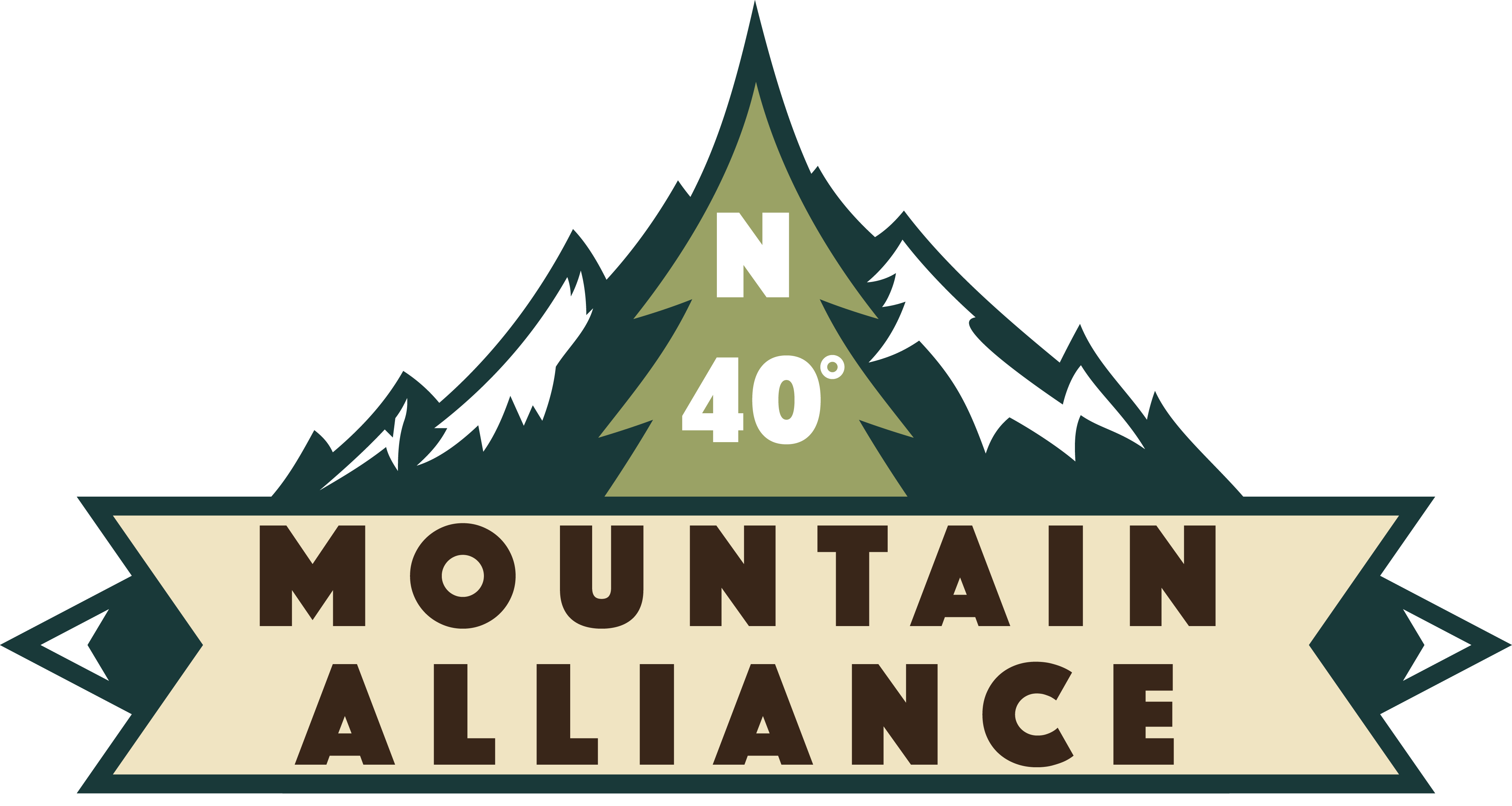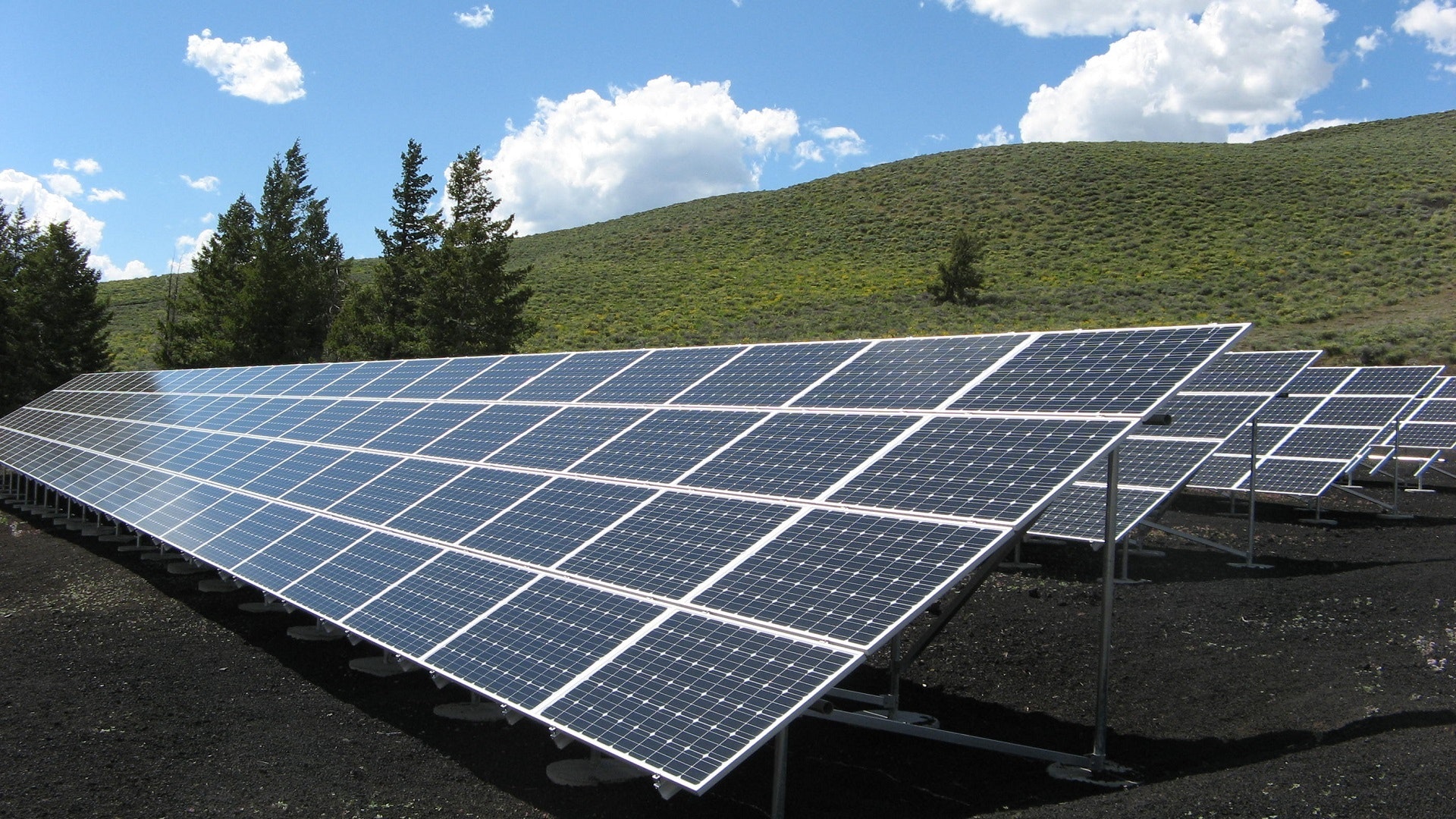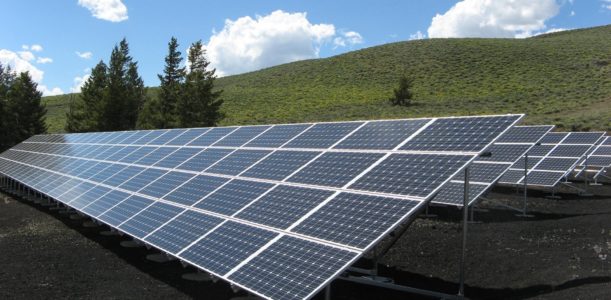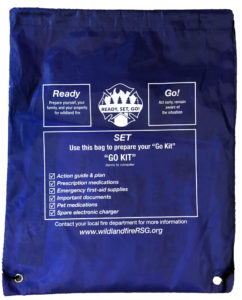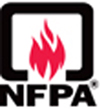Be Prepared.
The North 40 Mountain Alliance is a group of volunteers working together to make our community more resilient in the face of disasters. We are actively working to collect information about resources our own community might have to offer as well as local, state, and federal resources we can use to help ourselves.
In addition to gathering resources, the North 40 is in direct contact with county and local government organizations so we can bring you the information you need, when you need it. Having the information about pending incidents will help us to help each other and ourselves in preparing for, responding to, and rebuilding after disasters.
The most effective thing you can do to ensure you and your loved ones survive and thrive after an emergency is to be prepared for as many scenarios as you can imagine. Here are some general tips for getting you and your family prepared, as well as some basic checklists for a smoother evacuation process.
- Create a Family Disaster Plan that includes meeting locations and communication plans and rehearse it regularly.
- Have fire extinguishers on hand and train your family how to use them.
- Ensure your family knows where your gas, electric, and water main shut-off controls are, and how to use them.
- Plan and practice several different evacuation routes.
- Designate an emergency meeting location outside the fire hazard area.
- Assemble an emergency supply kit as recommended by the American Red Cross; keep an extra kit in your vehicle.
- Appoint an out-of-area friend or relative as a point of contact who can then communicate with family members.
- If you have a land line, keep a fully wired phone on hand for power outages
Have a “go bag” that is always packed and ready to grab on short notice. Put it where all family members can find it. It should include:
- Emergency supply kit and sanitation supplies
- Flashlight, battery-powered radio, and extra batteries
- Personal hygiene items, like a toothbrush
- Cell phone charger
- Extra set of car keys, credit cards, and cash
- Extra eyeglasses, contact lenses, prescriptions, and medications
- Map marked with evacuation routes
- Easily carried valuables and irreplaceable items
- Contact information for friends and family who can help
- 3-day supply of medications, diapers, clothing
- Keep a pair of old shoes and a flashlight handy in case of a sudden evacuation at night
Scan and store copies of your driver’s license, birth certificate, insurance information and other important documents on a flash drive, or email them to a trusted family member. Scan your photos and back them up on a flash drive and an online photo storage site.
Click here to download the Before Disaster Happens To You Eguide
Inside checklist, if time allows
- Close all windows and doors, leave the doors unlocked, and remove all shades and curtains
- Remove lightweight curtains
- Move furniture to the center of the room, away from windows and doors
- Leave your lights on so firefighters can see your house under smoky conditions
Outside checklist, if time allows
- Bring combustible items from the exterior of the house inside (e.g. patio furniture, children’s toys, door mats, etc.) If you have a pool place combustible items in the water
- Turn off propane tanks and other gas at the meter
- Leave exterior lights on
- Back your car into the driveway to facilitate a quick departure. Shut doors and roll up windows.
What about my pets?
Pets are not allowed in shelters with the exception of service animals. Make sure your neighborhood captain is aware that you have pets so that the best possible arrangements can be made.
If it’s possible you could be evacuated, keep all your pets in one room so you aren’t spending time literally herding cats. Keep a pet carrier for each in that same room.
Include in your plan the evacuation of large animals such as horses.
Act Early
By leaving early, you give your family the best chance of surviving a wildland fire. You can also help firefighters by helping to keep roads clear of congestion, enabling them to move more freely, and giving them the space to do their job in a safer environment.
When to leave
Do not wait to be advised to leave if there is a possible threat to your home or evacuation route.
Leave early enough to avoid being caught in fire, smoke or road congestion. If you are advised to leave by local authorities, do not hesitate!
Where to go
Leave to a predetermined location. Your planned destination should be a low-risk area, such as a well-prepared neighbor or relative’s house, a Red Cross shelter, evacuation center, motel, or any other stable location known to be out of harm’s way.
How to get there
View the North 40 Alliance evacuation map and evacuation instructions
What to take
Take your Go Kit containing your family and pet’s necessary items.
If you feel in danger call 911. Only call 911 if it is an actual emergency. If you think you see a new fire call 911.
Click here for the Emergency Preparedness page from the National Fire Protection Association
